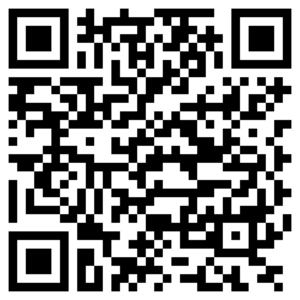Teaching Practices
At The Radiant International School, students learn the skill of perceiving and understanding the world. With a dynamic environment, the classroom brings together students from various abilities and personalities. Teaching practices and interactions are responsive to and build on each child’s pattern of development and learning.
As a teacher there is no ‘one size fits all’ solution, so here is a range of effective teaching strategies that has been implemented at The Radiant International School.

Flipping the Classroom
One of the most exciting advances in the modern classroom is flipped learning. It rests on the idea that students learn more effectively by using class time for short group activities and individual attention.
It helps teachers to prioritize active learning during class time by assigning students lecture materials and presentations to be viewed at home or outside of class.
A flipped classroom is an instructional strategy and a type of blended learning, which aims to increase student engagement and learning by having students complete readings at home and work on live problem-solving during class time.
This method is making class time more enjoyable, productive and engaging for students and teachers.
Inquiry-based Learning
Based on student investigation and hands-on projects, inquiry-based learning is a teaching method that positions a teacher as a support person who provides guidance and support to students throughout their learning process, rather than as a sole authority figure.
Learning & Assessment Practices
- Quiz
- Model Making
- Assignments
- Tutorials
- Seminars
- Internships
- Industrial Tours
- Case Studies
- Surprise Tests
- Group Discussions
- Soft Skill Inputs
- Projects
- Industry Expert interactions
Providing Feedback
Students don’t always know if they’re doing a good job without you telling them so.
We regularly provide written or verbal feedback for individual or group assignments and make this part of our classroom culture.
Team Based Learning
Team-based learning (TBL) is a pedagogical strategy that engages student knowledge through individual testing and group collaboration. Following individual answers, students join teams and work through problems, appealing when they are incorrect.
Open communication and mutual support are two key characteristics of good teamwork that contribute to success.
Peer Instruction
Peer Instruction is an active learning technique that can greatly increase student engagement and understanding by allowing students to articulate learning in their own terms and check their understanding with other students.



